Fusion CAB000541 Handleiding
Fusion
Niet gecategoriseerd
CAB000541
Bekijk gratis de handleiding van Fusion CAB000541 (6 pagina’s), behorend tot de categorie Niet gecategoriseerd. Deze gids werd als nuttig beoordeeld door 222 mensen en kreeg gemiddeld 4.6 sterren uit 111.5 reviews. Heb je een vraag over Fusion CAB000541 of wil je andere gebruikers van dit product iets vragen? Stel een vraag
Pagina 1/6

Maretron NMEA 2000®
Network Installation Guide
Installing an NMEA 2000® Network
Installing an NMEA 2000® network consists of interconnecting
NMEA 2000® electronic devices using plug-and-play
cables and connectors. The following pages provide a brief
description of how to set up a NMEA 2000® network using
five basic steps:
1. Cable and Connector Network Basics
2. Installing Terminators
3. Supplying Power
4. Grounding the Network
5. Checking the Network
Please note that this installation guide contains a brief
description of the basic concepts of installing an NMEA
2000® network and Maretron suggests that you consult
a trained professional for any installation. You can learn
more about installing NMEA 2000® networks by contacting
the National Marine Electronics Association (NMEA) at
www.nmea.org and consulting the following documents:
• NMEA 2000® Standard for Serial-Data Networking of
Marine Electronic Devices
• NMEA Installation Standards
1. Cable and Connector Network Basics
1.1 Network Topology
The NMEA 2000® cable system uses a trunk (sometimes
referred to as the backbone) and drop line topology as
shown in Figure 1.
The NMEA 2000® cable system includes five wires within a
single waterproof cable: two signal wires, power and ground
wires, and a drain wire. The drain wire shields the signal, power,
and ground wires from external Radio Frequency Interference
(RFI) and helps reduce RFI emission from the cable.
You can connect devices using one of three cable options:
Mini - This is commonly used for the trunk line on the network
because of its greater current carrying capacity (8 amps) as
Figure 1
NMEA 2000®
Network Topology
Multi
Port
Box
110

opposed to Micro cable (4 amps). Mini cable has an outside
diameter in the range from 0.41 to 0.49 inches. Its maximum
installed bend radius is 7x the cable diameter. You can also
use this type of cable for drop lines.
Mid - This is commonly used for smaller networks as either the
network trunk line or as drop lines. Mid cable and connectors
are rated to 4 amps just like the Micro cable, however the
larger diameter power conductors within the Mid cable
provides for less voltage drop over Micro cable, especially for
long runs. The diameter of the Mid cable is 0.33 inches.
Micro - This cable type is typically used as the drop line
connecting devices to the main trunk line with an outside
diameter in the range from 0.24 to 0.28 inches. Micro cable
has a smaller diameter and is more flexible than mini cable
with an installation bend radius of 7x the cable diameter.
Smaller networks use this type of cable for both the trunk
and drop lines.
You construct the trunk line using double-ended cordsets
connected between tees or taps. One end of the cordset
has a male connector with male pins while the other end of
the cordset has a female connector and female receptacles.
The connectors are keyed so they can only connect to
each other in one way. As an alternative to double-ended
cordsets, you can make your own trunk line using bulk
cable and field-attachable connectors. If you decide to add
equipment later, you can simply disconnect a cordset from
a tee, add another tee directly to the existing tee, re-connect
the cordset and add the new component to the system using
a drop cable. Alternatively, you could cut the trunk line,
add two field-attachable connectors and insert a new tee.
Trunk lines can also be run up to watertight bulkheads and
connected to a waterproof bulkhead feed-thru connector to
maintain the integrity of watertight compartments.
To drop off the trunk line, you connect a device using a tee
connector. Daisy-chaining of devices is not allowed, as it is
a requirement to be able to remove a component from the
network without affecting any other device. This allows you
to remove a device for servicing while the rest of the network
remains operational. Multiport boxes are also available
where instruments tend to be clustered, around the helm for
example.
1.2 Maximum Cable Distance
The cable distance between any two points (a point being
an electronic product or terminator) must not exceed 250
meters (820 feet) for a system based on the Mini or Mid trunk
cable or 100 meters (328 feet) for a system based on a Micro
trunk cable.
Figure 2
Maximum Cable
Length Determination
111

For most cases, the maximum distance should be measured
between termination resistors. However, if the distance from
a trunk line tee to the farthest device connected to the trunk
line is greater than the distance from the tee to the nearest
terminating resistor (TR), then you MUST include the drop
line length as part of the cable length in your maximum cable
distance calculation. Figure 2 shows an example where both
5 meter drops must be included in the maximum cable
distance since the drops are longer than the distance from
the tee to termination resistor.
1.3 Cumulative Drop Line Length
The cumulative drop line length refers to the sum of all drop
lines, Mini, Mid or Micro cable in the cabling system. This
sum cannot exceed 78 meters (256 feet). Figure 3 shows
an example using four drop tees and two multiport drops to
attach 11 devices to the trunk line. The cumulative drop line
length is 37 meters (122 feet) and no single device is more
than 6 meters (20 feet) from the trunk line.
1.4 Maximum Drop Line Length
The maximum cable distance from any device on a branching
drop line to the trunk line is 6 meters (20 feet).
1.5 Maximum Number of Devices
A maximum of 50 physical devices shall be connected to
the network, and the disconnection of any device shall not
interrupt any other device on the network.
1.6 NMEA 2000® Cable
The Mini, Mid and Micro cables contain five wires: One
twisted pair (red and black) for 12VDC power, one twisted
pair (blue and white) for signal and a drain wire (bare).
The following table shows the color, name, and usage for
each wire contained within the cable.
Color Name Usage
White NET-H Signal
Blue NET-L Signal
Bare SHIELD Drain
Black NET-C Ground
Red NET-S Power
Figure 3
Maximum
Cumulative
Drop Line Length
Determination
Multi
Port
Box
112
Product specificaties
| Merk: | Fusion |
| Categorie: | Niet gecategoriseerd |
| Model: | CAB000541 |
Heb je hulp nodig?
Als je hulp nodig hebt met Fusion CAB000541 stel dan hieronder een vraag en andere gebruikers zullen je antwoorden
Handleiding Niet gecategoriseerd Fusion
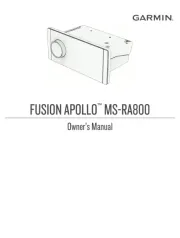
1 September 2025

2 Juli 2023

16 Juni 2023

14 Juni 2023

9 Juni 2023

7 Juni 2023

7 Juni 2023

6 Januari 2023
Handleiding Niet gecategoriseerd
- Genki Instruments
- Atmotube
- OM SYSTEM
- SLV
- Blackstar
- Proctor Silex
- Deltaco
- Deutz
- AVPro Edge
- Vermeiren
- Jung
- KEF
- EKO
- Tach-It
- Volvo
Nieuwste handleidingen voor Niet gecategoriseerd
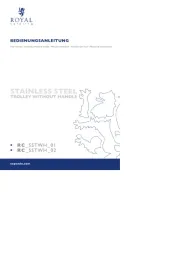
18 September 2025

18 September 2025
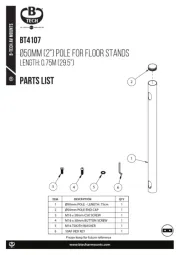
18 September 2025
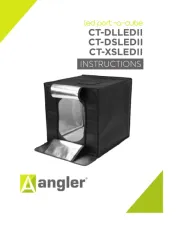
18 September 2025
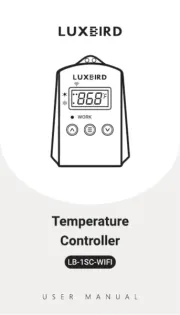
18 September 2025
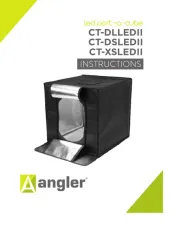
18 September 2025
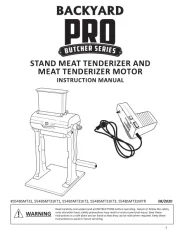
18 September 2025
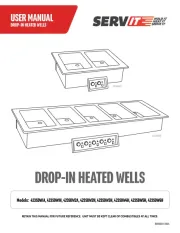
18 September 2025
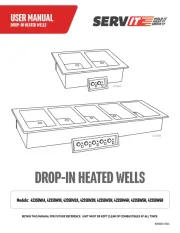
18 September 2025
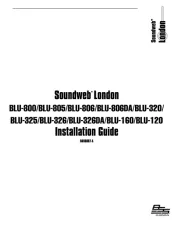
18 September 2025